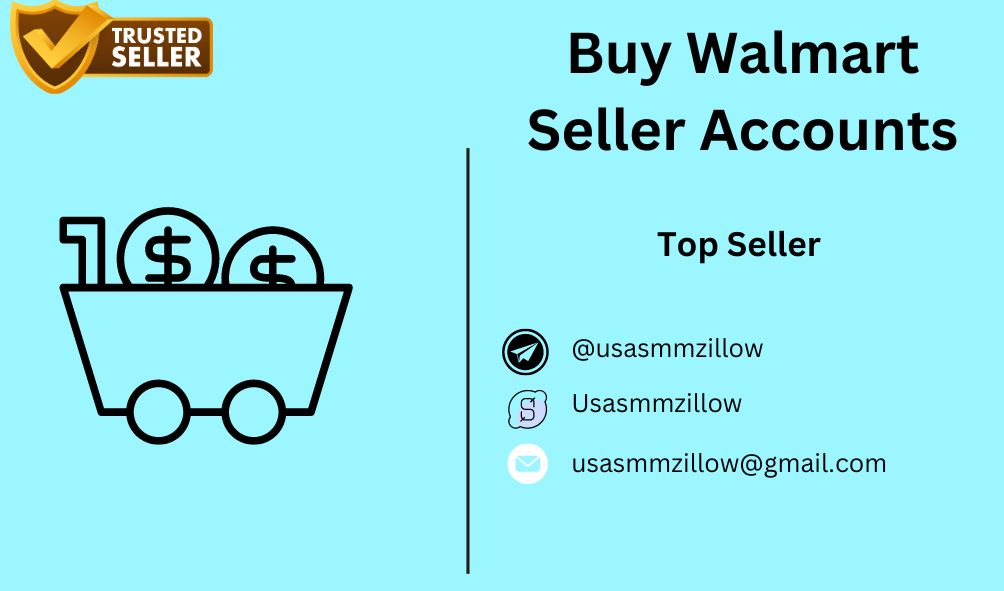
This story was originally published on CIO Dive. To receive daily news and insights, subscribe to our free daily CIO Dive newsletter.
Dive Brief:
-
Enterprises saw SaaS vendor audit costs climb as visibility across increasingly complex tech stacks declined over the last year, according to Flexera. The software company surveyed more than 500 IT professionals for its annual state of IT asset management report.
-
Almost one-quarter of businesses contended with software vendor audit costs of $5 million or more in the last three years and nearly half spent at least $1 million, up slightly from last year. Only half of respondents said they had clear visibility into SaaS usage while the number of respondents reporting full tech stack transparency fell four percentage points to 43%.
-
As cloud-based IT services proliferate, deciphering billing data becomes a significant challenge, Becky Trevino, chief product officer at Flexera, told CIO Dive. “The level of complexity is growing,” said Trevino. “The majority of SaaS management has been about user-based licenses, but consumption-based pricing is really taking off as AI comes in.”
Dive Insight:
Cost optimization remains a moving target for many IT leaders. As software shifts to cloud, added features come online and vendors revamp licensing policies, managing tech spend can become a game of Whac-a-Mole with new problems surfacing in the place of yesterday’s cost concerns.
The trend is reflected in woes around software usage rights, which vaulted to the top of the list of enterprise pain points this year, Flexera found.
“The definition of what software asset managers cover keeps expanding,” Trevino said. “You fix one thing and then a new thing pops up.”
FinOps practitioners have broadened their focus from cloud spend to software services over the last several years. The proportion of organizations that prioritize SaaS cost savings increased seven percentage points since Flexera’s 2023 survey and rightsizing contracts climbed eight percentage points over the same period.
FinOps and ITAM teams approach cost controls from different vantage points. FinOps tracks usage to tie costs to business value, while ITAM scrutinizes vendor contracts and looks to eliminate wasteful redundancies.
The pain points are converging around cloud. Overspending on Kubernetes deployments remains ubiquitous, according to a Cast AI analysis published earlier this year. Java platform provider Azul found most organizations grappling with unexpectedly high cloud infrastructure and application costs.
Story ContinuesManaging cloud environments, including containers, was a software asset management challenge for more than three-quarters of respondents in the Flexera survey.
There’s hope for organizations that are tackling the problem, according to Trevino. “Mature practices are creating groups with FinOps expertise and people who have strong licensing experience to take all of that chaos and create some order,” she said.
An alliance forged between the FinOps Foundation and the ITAM Forum in June is moving the process forward.
“We’re spinning up a series of working groups and best practice sessions, bringing in the experts from the ITAM world to work with our FinOps experts to figure out how we codify this into a consistent set of best practices,” FinOps Foundation Executive Director J.R. Storment told CIO Dive.
“On the FinOps side, we’ve got the billing data, but we don’t have visibility into contract renewals and compliance — historically, that’s been ITAM,” Storment said. “Together, it’s like they’re two peas in a pod.”
Recommended Reading
-
How the NHL modernized its draft app in the cloud
The increasing SaaS audit costs can be attributed to the diminished visibility in technology stack management, making them more intricate and less accessible for assessments.
As technology stack visualization becomes increasingly challenging, the rising SaaS audit costs signify a need for more advanced monitoring and data governance strategies to maintain transparency.
The escalation of SaaS audit costs is a testament to the Exponential increase in technical Stack complexity that makes visibility increasingly elusive.
With the increasing SaaS audit costs, enterprises face a conundrum as their tech stack visibility slides. The challenge lies in balancing complexity management against escalating expenses while ensuring no corners are cut on security and compliance.
With the escalation of SaaS audit costs, a distorted tech stack visibility poses grave challenges and opportunities for organizations to improve their oversight mechanisms in ensuring security compliance.
The rising audit costs in SaaS clearly point to a challenge: technical stack transparency becomes increasingly vague, obscuring cost management visibility.
The escalating costs of SaaS audits demonstrate the need for enhanced visibility into tech stacks, casting a shadow over organizations' ability to manage their complex digital infrastructure efficiently without proper oversight.
The increasing SaaS audit costs are a direct consequence of the diminishing visibility into technology stacks, making it more challenging for enterprises to manage and monitor their complex IT environments.
The rising SaaS audit costs correlate with a decrease in visibility into tech stack management, underscoring the importance of maintaining transparency and automation for efficient auditing processes.














